
Find Help
More Items From Ergsy search
-

What is a live-attenuated vaccine?
Relevance: 100%
-

How do vaccines work?
Relevance: 51%
-

What are the different types of vaccines?
Relevance: 44%
-

What is a vaccine?
Relevance: 40%
-

What are vaccines and how do they work?
Relevance: 40%
-

Are there vaccines for the bubonic plague?
Relevance: 39%
-
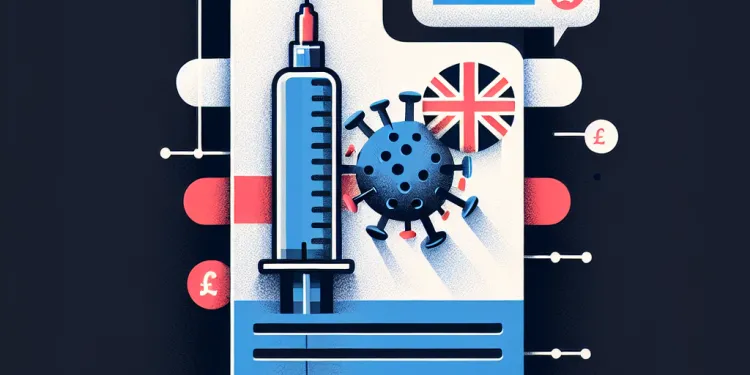
Is there a vaccine for West Nile Virus?
Relevance: 36%
-

Are there vaccines for meningitis?
Relevance: 32%
-

Are vaccines safe?
Relevance: 32%
-

Is there a vaccine for H3N2?
Relevance: 32%
-
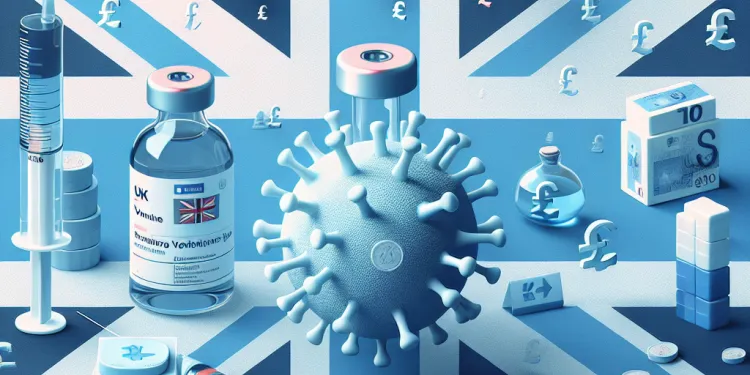
Is there a vaccine for norovirus?
Relevance: 32%
-

Is there a vaccine for gonorrhoea?
Relevance: 31%
-
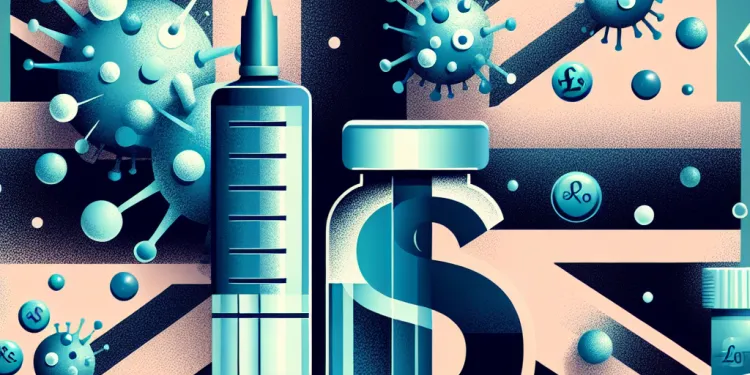
Is there a vaccine for impetigo?
Relevance: 31%
-

What is a subunit vaccine?
Relevance: 30%
-
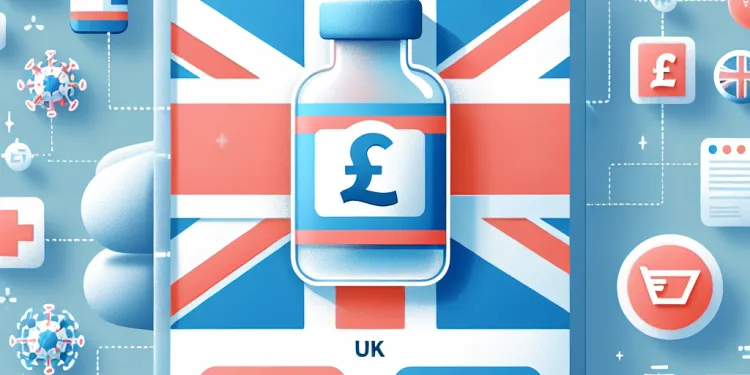
Is the shingles vaccine safe?
Relevance: 30%
-

Children's Vaccination Schedule
Relevance: 30%
-
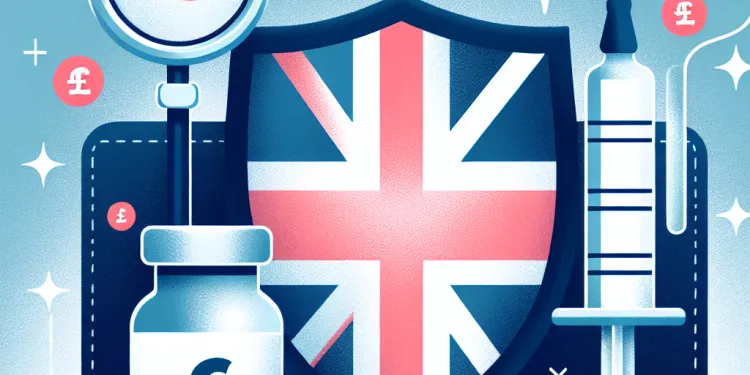
Why are vaccines important?
Relevance: 30%
-
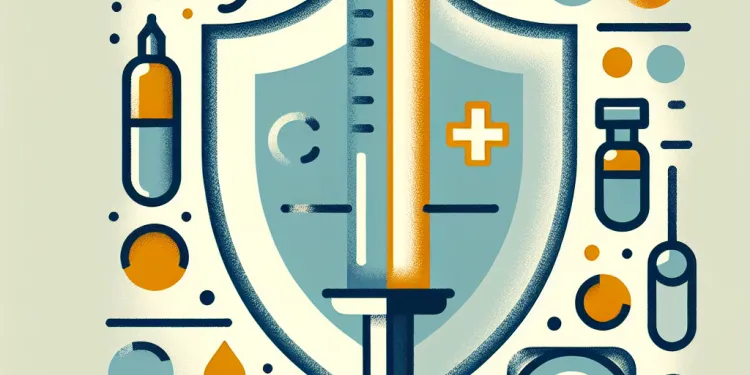
Is there a vaccine for the Zika virus?
Relevance: 30%
-
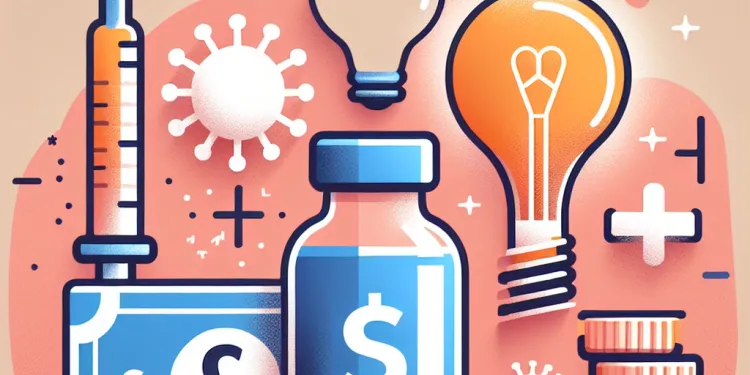
Are vaccines linked to autism?
Relevance: 30%
-
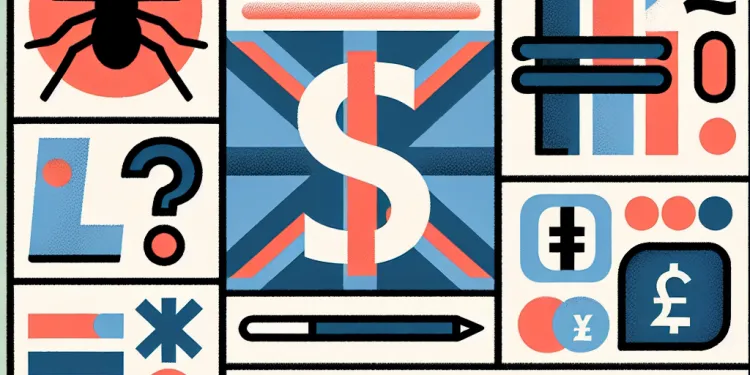
Is there a vaccine for Lyme disease?
Relevance: 30%
-

Is there a vaccine for Marburg virus?
Relevance: 30%
-

Are there vaccines available for HIV?
Relevance: 30%
-
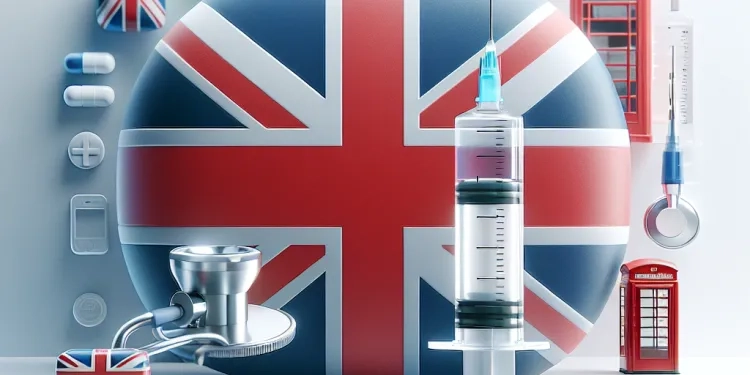
What if I'm not eligible for a free flu vaccine, can I still get vaccinated?
Relevance: 29%
-

Can everyone receive vaccines?
Relevance: 29%
-
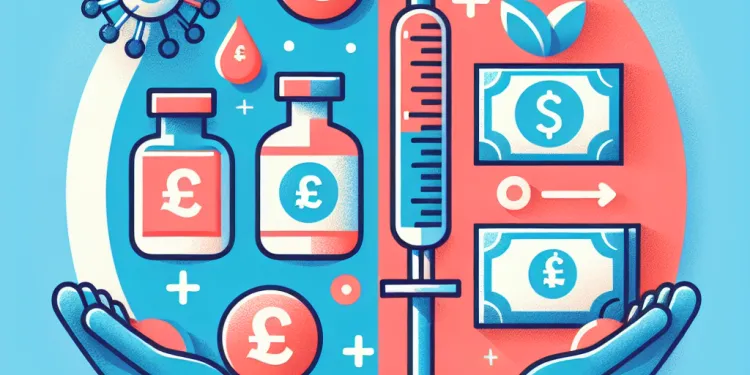
How effective is the flu vaccine?
Relevance: 29%
-
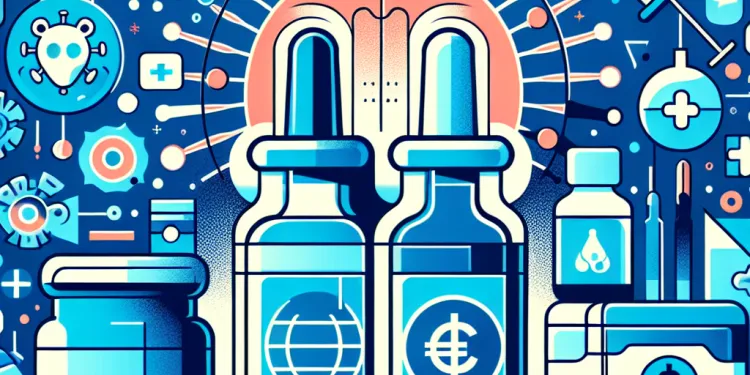
How effective is the MMR vaccine?
Relevance: 29%
-

Is the flu vaccine free for everyone in the UK?
Relevance: 29%
-

Do men need the HPV vaccine?
Relevance: 28%
-
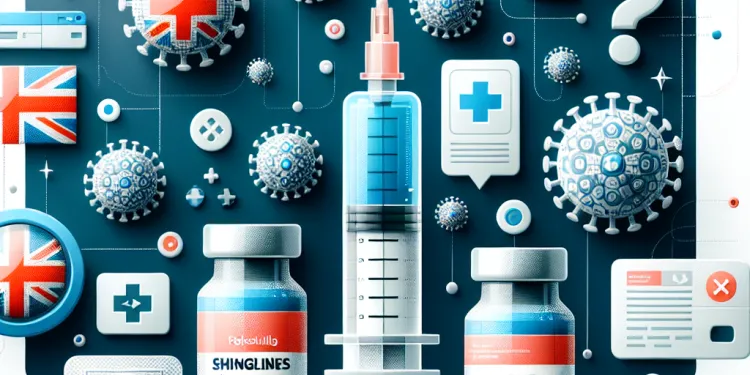
Can the shingles vaccine cause chickenpox?
Relevance: 28%
-
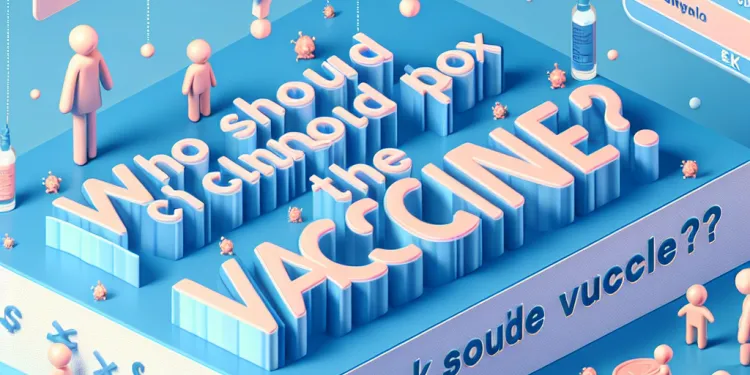
Who should get the chickenpox vaccine?
Relevance: 28%
-

Current Flu Vaccination Recommendations and Availability
Relevance: 27%
-

Can the flu vaccine give me the flu?
Relevance: 27%
-
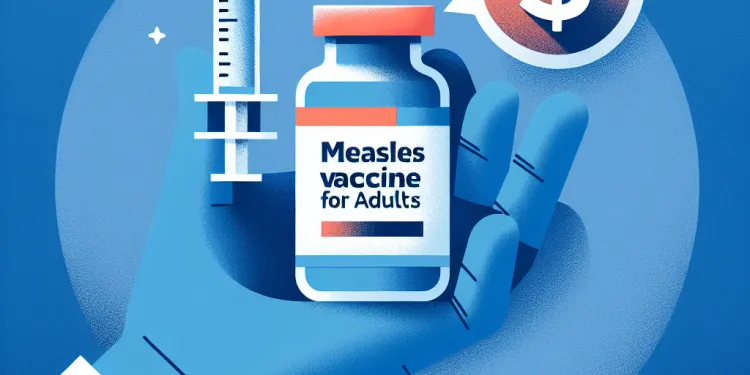
Can the measles vaccine be given to adults?
Relevance: 27%
-
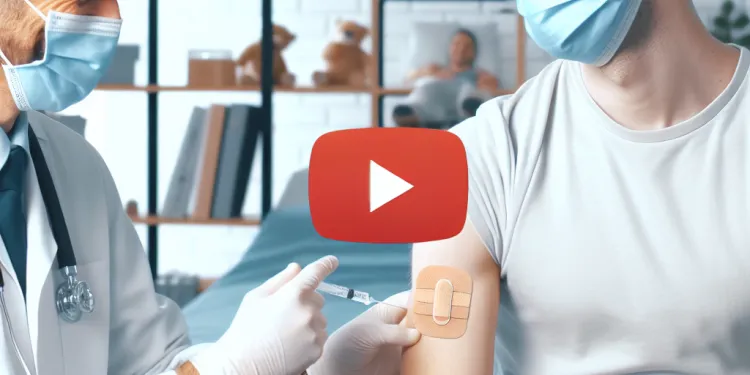
Can adults receive the MMR vaccine?
Relevance: 27%
-
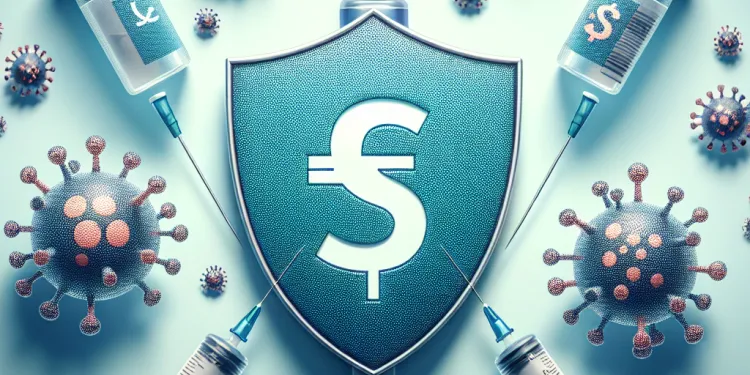
Can the shingles vaccine cause chickenpox?
Relevance: 27%
-

Do international students need the meningitis vaccine?
Relevance: 27%
-

Is there a different recommendation for the MenACWY and MenB vaccines?
Relevance: 27%
-
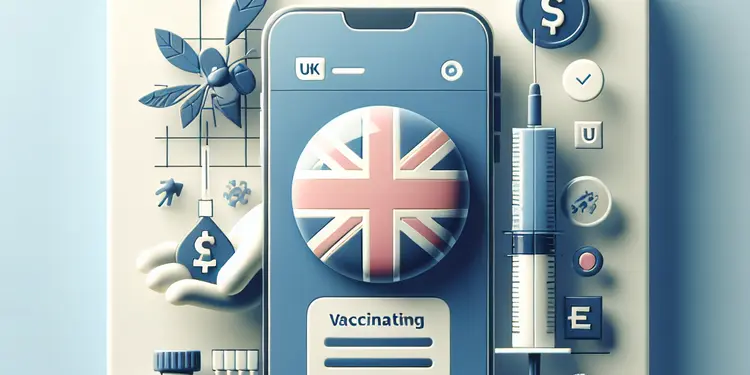
Are any vaccines available in the UK for mosquito-borne diseases?
Relevance: 27%
-

Do I need any vaccine injections for EU countries?
Relevance: 27%
-
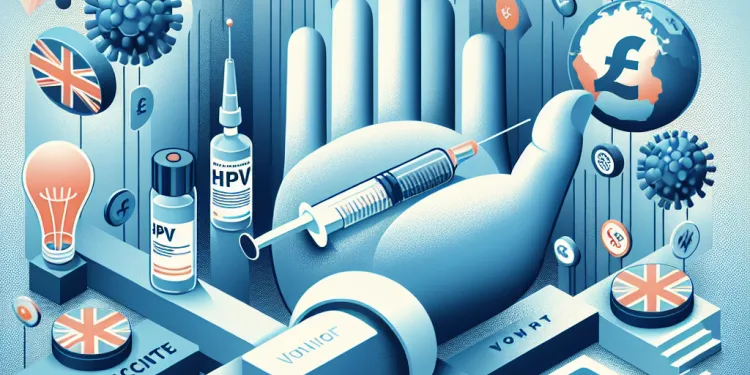
Who should get the HPV vaccine?
Relevance: 27%
Introduction to Live-Attenuated Vaccines
Live-attenuated vaccines are a type of vaccination used to provide immunity against certain infectious diseases. These vaccines contain pathogens that have been attenuated, or weakened, so they cannot cause disease in individuals with healthy immune systems. The process of attenuation reduces the virulence of the pathogen while maintaining its ability to replicate within the host.
How Live-Attenuated Vaccines Work
When a person receives a live-attenuated vaccine, the attenuated pathogen induces an immune response similar to that caused by a natural infection. This response results in the production of antibodies and memory cells that provide long-term immunity. Since the vaccine stimulates a strong and comprehensive immune response, it often provides lasting protection with fewer doses compared to other vaccine types.
Examples of Live-Attenuated Vaccines
Several well-known vaccines are live-attenuated, including the MMR (measles, mumps, and rubella) vaccine, the varicella (chickenpox) vaccine, and the oral polio vaccine (OPV). The yellow fever vaccine and the intranasal influenza vaccine (FluMist) also belong to this category. These vaccines have been instrumental in controlling outbreaks and reducing the incidence of infectious diseases.
Advantages of Live-Attenuated Vaccines
The use of live-attenuated vaccines has several advantages. They tend to elicit strong, long-lasting immune responses, often after just one or two doses. This robustness is because they mimic a natural infection closely, activating both cellular and humoral immunity. Additionally, live vaccines contribute to herd immunity by reducing transmission within the community.
Considerations and Limitations
Despite their effectiveness, live-attenuated vaccines are not without limitations. They require careful handling and storage, typically needing refrigeration to remain viable. They are generally not recommended for individuals with compromised immune systems, such as those undergoing chemotherapy or with certain chronic illnesses. Pregnant women are also advised to avoid live-attenuated vaccines as a precaution.
Conclusion
Live-attenuated vaccines play a crucial role in public health by providing durable protection against significant infectious diseases. While they offer notable benefits, healthcare providers must consider individual health conditions and specific population characteristics when recommending their use. Ongoing research continues to improve their safety and effectiveness, ensuring they remain a vital tool in disease prevention strategies.
What Are Live-Attenuated Vaccines?
Live-attenuated vaccines help protect people from some infections. These vaccines have germs that are made weak so they can't make healthy people sick. The germs are weak, but they still help your body learn to fight the real disease.
How Do Live-Attenuated Vaccines Work?
When you get a live-attenuated vaccine, it helps your body fight germs, just like when you get sick for real. Your body makes special fighters called antibodies and memory cells. These fighters help you stay protected for a long time. These vaccines usually work well and might need fewer shots than other vaccines.
Examples of Live-Attenuated Vaccines
Some live-attenuated vaccines you might know about are the MMR vaccine (for measles, mumps, and rubella), the chickenpox vaccine, and the oral polio vaccine (OPV). Others include the yellow fever vaccine and the nose spray flu vaccine (FluMist). These vaccines help stop the spread of these diseases.
Why Are Live-Attenuated Vaccines Good?
Live-attenuated vaccines are good because they help your body fight germs strongly and for a long time, often needing only one or two shots. They protect you and help stop germs from spreading to other people.
Things to Think About With Live-Attenuated Vaccines
Even though these vaccines work well, they need to be kept cold. People with weak immune systems, like those on special medicine or with certain illnesses, usually shouldn't get these vaccines. Pregnant women should also avoid them to be safe.
In Summary
Live-attenuated vaccines are very important for keeping people healthy. They help stop diseases from spreading. But doctors need to think about a person's health before giving these vaccines. Scientists keep making these vaccines better, so they are safe and work well in fighting diseases.
Frequently Asked Questions
What is a live-attenuated vaccine?
A live-attenuated vaccine is a type of vaccine created by reducing the virulence of a pathogen but still keeping it viable or 'live'. These vaccines mimic a natural infection and stimulate a strong immune response.
How do live-attenuated vaccines work?
Live-attenuated vaccines work by introducing a weakened form of the virus or bacteria into the body, prompting an immune response without causing the actual disease.
Which diseases can be prevented with live-attenuated vaccines?
Live-attenuated vaccines are used to protect against diseases such as measles, mumps, rubella, chickenpox, yellow fever, and some forms of influenza.
Are live-attenuated vaccines safe?
Yes, live-attenuated vaccines are generally safe for most people, but they may not be recommended for individuals with weakened immune systems due to the risk of causing disease.
How are live-attenuated vaccines different from inactivated vaccines?
Live-attenuated vaccines contain weakened pathogens, while inactivated vaccines contain pathogens that have been killed. Live-attenuated vaccines tend to produce stronger and longer-lasting immunity.
Can live-attenuated vaccines cause the disease they aim to prevent?
In very rare cases, live-attenuated vaccines can cause mild symptoms of the disease they are designed to protect against, but they are generally unlikely to cause the full-blown disease in healthy individuals.
Who should not receive live-attenuated vaccines?
Individuals who should avoid live-attenuated vaccines include those with compromised immune systems, pregnant women, and those with certain allergies or health conditions.
What are some examples of live-attenuated vaccines?
Examples include the measles, mumps, and rubella (MMR) vaccine, the varicella (chickenpox) vaccine, the yellow fever vaccine, and the oral polio vaccine (OPV).
Why are live-attenuated vaccines effective?
They are effective because they closely mimic a natural infection, resulting in a comprehensive immune response that provides long-term protection with usually fewer doses.
How are live-attenuated vaccines developed?
They are developed by weakening a live pathogen through processes such as repeated culturing under specific conditions, which reduce its ability to cause illness.
Can infants receive live-attenuated vaccines?
Yes, many live-attenuated vaccines are part of the standard immunization schedule for infants and children, but the specific timing may vary based on the vaccine and health guidelines.
Do live-attenuated vaccines require booster shots?
They often require fewer booster shots compared to inactivated vaccines, as they tend to provide longer-lasting immunity, sometimes with just a single dose.
What is the storage requirement for live-attenuated vaccines?
Live-attenuated vaccines need to be stored at specific temperatures to remain effective, often requiring refrigeration to maintain their viability.
Are there any side effects associated with live-attenuated vaccines?
Possible side effects may include mild symptoms similar to the disease the vaccine is protecting against, as well as general reactions like fever or soreness at the injection site.
Can live-attenuated vaccines be given simultaneously with other vaccines?
Yes, many live-attenuated vaccines can be administered at the same time as other vaccines, but healthcare providers generally follow specific guidelines to optimize effectiveness and safety.
Why might a live-attenuated vaccine be contraindicated in pregnancy?
Because of the small risk that the virus or bacteria in the vaccine could cross the placenta and potentially harm the developing fetus.
How do live-attenuated vaccines contribute to herd immunity?
By providing immunity to a large portion of the population, these vaccines reduce the overall spread of infectious agents, protecting those who cannot be vaccinated.
What precautions should be taken after receiving a live-attenuated vaccine?
Individuals should monitor for any adverse reactions and report them to a healthcare provider, but generally, there are few restrictions after receiving these vaccines.
Can live-attenuated vaccines cause shedding?
In some cases, live-attenuated vaccines can cause viral shedding, where the weakened virus is released and can potentially infect others, though this is very rare.
What is viral shedding in the context of live-attenuated vaccines?
Viral shedding refers to the release of virus particles from a vaccinated individual, which could theoretically lead to transmission, but it rarely results in illness due to the weakened state of the virus.
What is a live-attenuated vaccine?
A live-attenuated vaccine is a kind of shot that helps keep you from getting sick. It uses a tiny bit of germs that are very weak and won't harm you. This helps your body learn to fight the real germ and keep you healthy.
Here are some tips to help understand:
- Think of the vaccine as a practice test for your body.
- Your body learns how to fight the bad germs.
Use pictures or ask someone to explain it with simple words if you need extra help.
A live-attenuated vaccine is a special kind of medicine that helps protect you from getting sick. It is made from germs that are weak and can't make you very sick. These weak germs are still alive. The vaccine helps your body learn how to fight off the germs, like practicing for when real germs try to make you sick.
How do live-attenuated vaccines work?
Live-attenuated vaccines are a type of medicine that helps your body fight diseases. These vaccines use a very weak form of a virus or bacteria that cannot make you sick. Your body learns to fight the real disease by "practicing" on this weak version.
It's like how you might practice a sport before playing a big game. The weak virus or bacteria helps your body get ready to protect you if you get the real disease later.
To understand more, you can use pictures or watch videos about vaccines. A doctor or nurse can also explain how these vaccines keep you safe.
Live-attenuated vaccines are special shots that have weak germs that don't make you sick. These shots help your body learn how to fight real germs without making you sick.
What sicknesses can be stopped with special weak vaccines?
Some vaccines help stop diseases like measles, mumps, rubella, chickenpox, yellow fever, and some types of flu. These vaccines use weak germs to train your body to fight the real disease.
Are weakened vaccines safe?
Some vaccines use very weak germs to help our bodies learn to fight diseases. These are called weakened vaccines.
Here are some simple things to remember:
- Weakened vaccines are safe for most people.
- Doctors and scientists make sure these vaccines do not make us sick.
- Tell your doctor if you have any health problems before getting the vaccine. They will make sure it is right for you.
If you find reading hard, here are some things that can help:
- Ask someone you trust to read with you.
- Use audiobooks or texts with audio to listen as you read.
Yes, these vaccines are usually safe for most people. But, they might not be good for people who have weak bodies because they might get sick from the vaccine.
What is the difference between live-attenuated vaccines and inactivated vaccines?
Vaccines help to protect us from getting sick. There are two types we will talk about: live-attenuated and inactivated vaccines. Let's learn what makes them different.
Live-attenuated vaccines:
- These vaccines have tiny, weak germs. They are not strong enough to make us sick.
- They help our body learn how to fight the real germs.
Inactivated vaccines:
- These vaccines have germs that are dead. They cannot make us sick.
- They also help our body learn to fight real germs, but in a different way.
You can ask a grown-up or use picture cards if this is hard to understand. Drawing pictures might help too!
Live-attenuated vaccines have germs that are made weak. Inactivated vaccines have germs that are dead. Live-attenuated vaccines usually make your body fight germs better and for a longer time.
Can these special vaccines give you the disease they're trying to stop?
Sometimes, vaccines can make you feel a bit sick. But it almost never gives a healthy person the real illness. These vaccines are safe for most people.
Who should not get live-attenuated vaccines?
Some people should not get live-attenuated vaccines. Here are the groups who should avoid them:
- People with weak immune systems. This means their body cannot fight germs well.
- Pregnant women. It can be unsafe for the mother and baby.
- Babies who are very young. Their bodies are not ready yet.
- People who are very sick. They should wait until they feel better.
If you are not sure, talk to a doctor. They can help you decide. You can also use picture cards or apps that explain in simple steps. This can make it easier to understand.
Some people should not get live vaccines. These people are:
- People who get sick a lot because their bodies cannot fight germs well.
- Pregnant women.
- People who have certain allergies or other health problems.
It's important to talk to a doctor if you aren't sure about vaccines. They can help decide what is safe for you or your child. You can also use tools like picture charts or apps that explain things in simple words. This can help you understand better.
What are some examples of live-weakened vaccines?
Live-weakened vaccines help protect us from getting sick. They use a tiny, weak germ that won't make us sick but helps our body learn how to fight the real germs.
Here are some examples of live-weakened vaccines:
- Measles, mumps, and rubella (MMR) vaccine
- Chickenpox (varicella) vaccine
- Flu nasal spray vaccine (not the flu shot)
- Rotavirus vaccine (for babies)
If reading this is tricky, ask someone to help you. You can also listen to the information using a text-to-speech app.
Here are some examples:
- MMR vaccine (helps prevent measles, mumps, and rubella)
- Varicella vaccine (helps prevent chickenpox)
- Yellow fever vaccine (helps keep you safe from yellow fever)
- OPV (oral polio vaccine, helps stop polio)
If you have trouble reading, a helper can read it to you or you can use a reading app. Apps like text-to-speech can read words out loud for you.
Why do live-attenuated vaccines work well?
Live-attenuated vaccines are a type of shot that helps stop people from getting sick. They are made from tiny, weak versions of germs that do not make you sick. Instead, they help your body learn how to fight the real germs. This is why these vaccines are very good at keeping people healthy.
Here are some tools or tips to help understand:
- Pictures: Use pictures to see how vaccines work.
- Videos: Watch simple videos that explain vaccines.
- Talk to a Helper: Ask a parent, teacher or friend to explain.
They work well because they act like a real infection. This helps the body learn to fight the sickness. You usually need fewer doses, and it keeps you safe for a long time.
How are live-attenuated vaccines made?
Live-attenuated vaccines are special types of shots that help keep us from getting sick. They are made by changing germs so they can't make us sick. This is how they are made:
1. **Grow the germs**: Scientists grow the germs in a safe place.
2. **Make the germs weak**: They change the germs so they become weak and can't make people sick.
3. **Test the vaccine**: They test the vaccine to make sure it's safe and works well.
4. **Put it in a shot**: Once the vaccine is ready, it is put into a shot that people can get at the doctor’s office.
If you find reading hard, you can:
- Ask someone to read with you.
- Use your finger to follow the words.
- Look at pictures about how vaccines work.
Scientists make them by making the germs weaker. They grow the germs many times in special ways so the germs can't make people sick anymore.
Can babies get vaccines with weak live germs?
Yes, many vaccines that use weakened germs are part of the usual shots that babies and children get. When they get these shots can be different, depending on the vaccine and health rules.
Do weakened live vaccines need extra shots?
Vaccines give you protection from diseases. Some vaccines are made from a weaker form of a virus. These are called "live-attenuated vaccines." Sometimes, you might need extra shots, called booster shots, to stay protected. You can ask your doctor if you need a booster shot.
If reading is hard, you can try using tools like audiobooks or apps that read text out loud. These can help you understand better.
These vaccines usually need fewer extra shots. They work well and can make you safe for a long time. Sometimes, you only need one shot.
How do we store live-attenuated vaccines?
Some vaccines need to be kept cool to work properly. They often have to be stored in a fridge.
Do live-attenuated vaccines have any side effects?
Live-attenuated vaccines can make you safe from getting sick. Sometimes, they might cause mild side effects, like:
- A low fever
- A sore arm where you got the shot
- A rash
These side effects are usually not serious and go away on their own. If you feel worried, talk to a doctor or nurse. They can help you understand more.
To make reading easier, you can:
- Use a ruler or your finger to follow the words.
- Read out loud.
- Ask someone to read with you.
You might feel a little sick like the illness the vaccine stops. You could also get a fever or feel sore where you got the shot.
Can weakened live vaccines be given at the same time as other vaccines?
Yes, some vaccines with weak germs can be given with other vaccines. It is safe. Talk to your doctor about this.
Here are some ideas to help you understand:
- Ask questions if you are unsure.
- Use pictures or videos to learn more.
- Repeat information back to make sure you understand.
Yes, many vaccines that use weak germs can be given together with other vaccines. Doctors follow special rules to make sure the vaccines work well and are safe.
Why shouldn't pregnant women have certain live vaccines?
Some vaccines use weak forms of germs. These are called live vaccines. They help the body learn to fight real germs later.
For pregnant women, these vaccines might not be safe. The weak germs can still hurt the baby growing inside. It's better to wait until after the baby is born.
If you're pregnant, talk to your doctor about which vaccines are safe. They can help keep you and your baby safe and healthy. You can also use picture charts or simple videos to understand more.
The vaccine has a tiny risk. It might have some germs. These germs could go through to the baby inside the mom and hurt it.
How do weak germs in vaccines help protect everyone?
Vaccines with weak germs help protect people from getting sick. When most people get these vaccines, it is harder for germs to spread. This helps everyone, even those who can't get the vaccine.
Helpful tip: Look at pictures or videos about vaccines to understand better.
Vaccines help stop people from getting sick. They make a lot of people safe from germs. This keeps everyone healthier, even people who can't get shots.
What to do after getting a special vaccine?
After you get a vaccine that has weak germs, here are some things you should do:
- Rest a lot. Try to take it easy for a few days.
- Drink plenty of water. It helps you stay healthy.
- If you feel sore, you can use a cool cloth on the spot.
- If you feel unwell, tell an adult or a doctor.
Ask someone you trust if you have questions. They can help you understand more.
After you get the vaccine, watch for any problems. If you feel sick or have a bad reaction, tell your doctor. Usually, you can do most things without worry after getting the vaccine.
Can live vaccines spread to others?
Sometimes, a special type of vaccine with a weak virus can let out that virus. This might make other people get the virus, but this doesn't happen much.
What does viral shedding mean with live-attenuated vaccines?
Viral shedding is when a person with a virus spreads tiny bits of the virus to others.
Live-attenuated vaccines use a weak form of the virus. They teach the body to fight the virus.
Sometimes, people who get these vaccines can spread the weak virus to others. This is viral shedding.
If you have questions about vaccines, talk to a doctor.
Using pictures or videos can help everyone understand better. Ask someone for help if you need it.
Viral shedding happens when a person releases tiny virus pieces from their body. Sometimes, this can happen after getting a vaccine. It usually does not make people sick because the virus is very weak.
Useful Links
- Ergsy carfully checks the information in the videos we provide here.
- Videos shown by Youtube after a video has completed, have NOT been reviewed by ERGSY.
- To view, click the arrow in centre of video.
- Most of the videos you find here will have subtitles and/or closed captions available.
- You may need to turn these on, and choose your preferred language.
- Go to the video you'd like to watch.
- If closed captions (CC) are available, settings will be visible on the bottom right of the video player.
- To turn on Captions, click settings .
- To turn off Captions, click settings again.
More Items From Ergsy search
-

What is a live-attenuated vaccine?
Relevance: 100%
-

How do vaccines work?
Relevance: 51%
-

What are the different types of vaccines?
Relevance: 44%
-

What is a vaccine?
Relevance: 40%
-

What are vaccines and how do they work?
Relevance: 40%
-

Are there vaccines for the bubonic plague?
Relevance: 39%
-

Is there a vaccine for West Nile Virus?
Relevance: 36%
-

Are there vaccines for meningitis?
Relevance: 32%
-

Are vaccines safe?
Relevance: 32%
-

Is there a vaccine for H3N2?
Relevance: 32%
-

Is there a vaccine for norovirus?
Relevance: 32%
-

Is there a vaccine for gonorrhoea?
Relevance: 31%
-

Is there a vaccine for impetigo?
Relevance: 31%
-

What is a subunit vaccine?
Relevance: 30%
-

Is the shingles vaccine safe?
Relevance: 30%
-

Children's Vaccination Schedule
Relevance: 30%
-

Why are vaccines important?
Relevance: 30%
-

Is there a vaccine for the Zika virus?
Relevance: 30%
-

Are vaccines linked to autism?
Relevance: 30%
-

Is there a vaccine for Lyme disease?
Relevance: 30%
-

Is there a vaccine for Marburg virus?
Relevance: 30%
-

Are there vaccines available for HIV?
Relevance: 30%
-

What if I'm not eligible for a free flu vaccine, can I still get vaccinated?
Relevance: 29%
-

Can everyone receive vaccines?
Relevance: 29%
-

How effective is the flu vaccine?
Relevance: 29%
-

How effective is the MMR vaccine?
Relevance: 29%
-

Is the flu vaccine free for everyone in the UK?
Relevance: 29%
-

Do men need the HPV vaccine?
Relevance: 28%
-

Can the shingles vaccine cause chickenpox?
Relevance: 28%
-

Who should get the chickenpox vaccine?
Relevance: 28%
-

Current Flu Vaccination Recommendations and Availability
Relevance: 27%
-

Can the flu vaccine give me the flu?
Relevance: 27%
-

Can the measles vaccine be given to adults?
Relevance: 27%
-

Can adults receive the MMR vaccine?
Relevance: 27%
-

Can the shingles vaccine cause chickenpox?
Relevance: 27%
-

Do international students need the meningitis vaccine?
Relevance: 27%
-

Is there a different recommendation for the MenACWY and MenB vaccines?
Relevance: 27%
-

Are any vaccines available in the UK for mosquito-borne diseases?
Relevance: 27%
-

Do I need any vaccine injections for EU countries?
Relevance: 27%
-

Who should get the HPV vaccine?
Relevance: 27%


